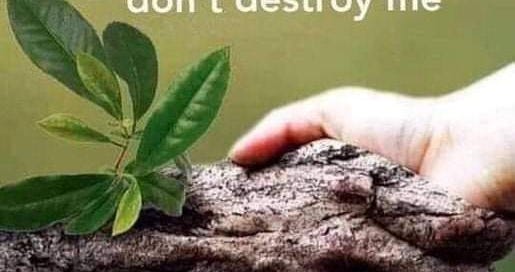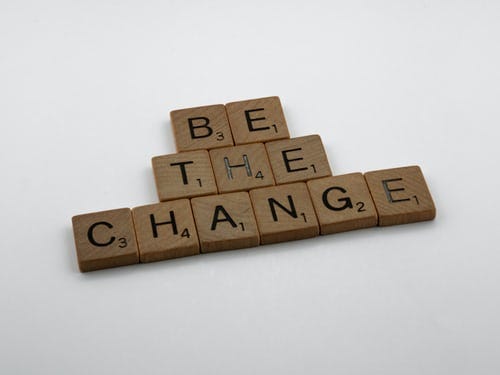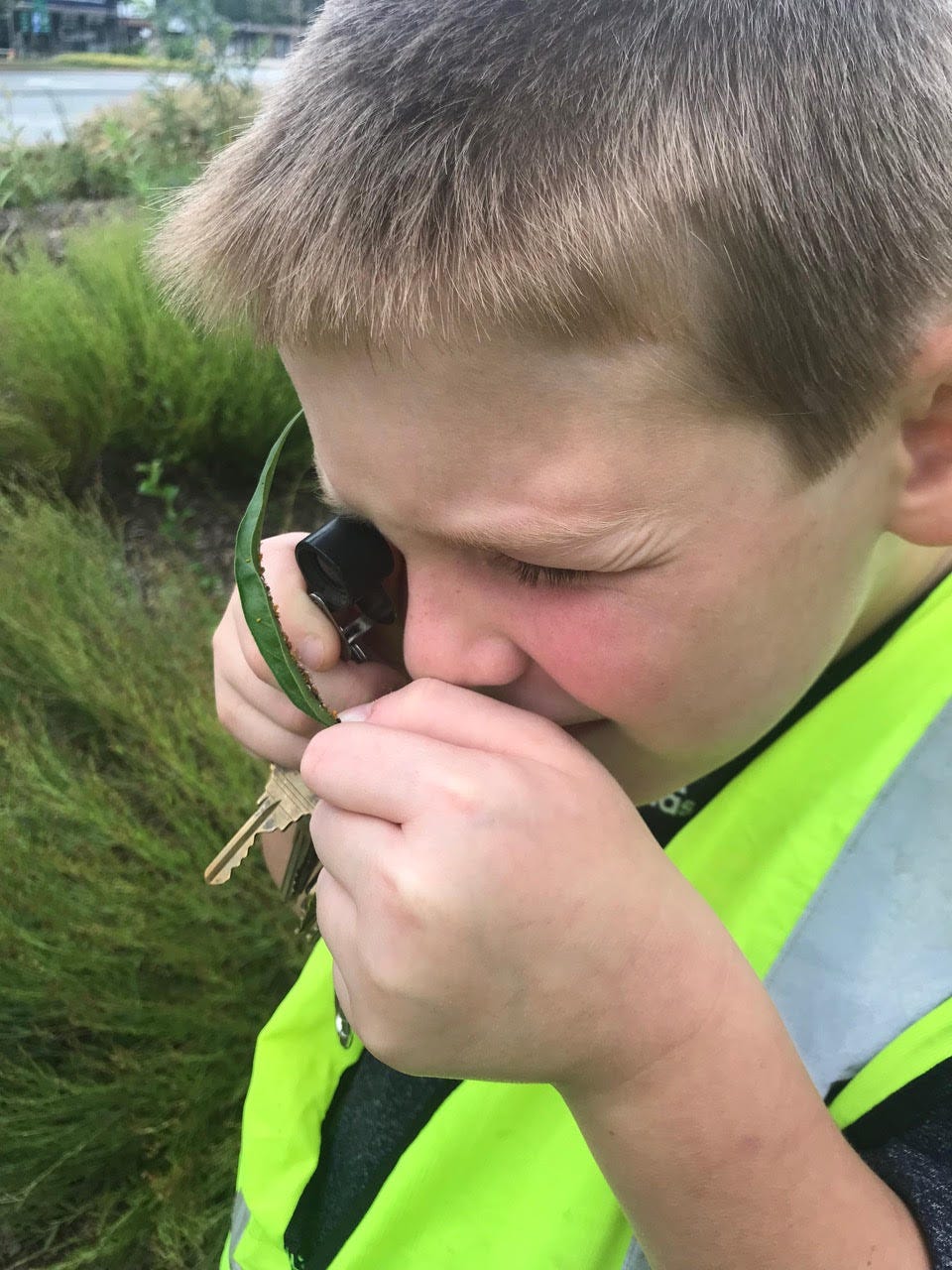The other day, I was reading through blog posts on the Xerces Society for Invertebrate Conservation's website and came across an article that made me feel good.
A classroom of first graders at Stratford Elementary School in Los Gatos, California, was participating in a science project studying the Ohlone tiger beetle, an endangered species in their community. The students' goal was not only to learn about the tiger beetle but also to take part in protecting them.
The students became advocates for change by organizing a clean-up day at their school. By removing litter from the school's playground, the kids and their families learned important lessons about environmental stewardship.
“The students learned that people can be the problem to animals becoming endangered," commented teacher Shannon Gartin, "so people need to be the solution to the problem, and if we all work together, we can absolutely make a difference.”
The things we can learn from kids! It gives me the warm fuzzies to see how young minds can take the lead and show the rest of us where our priorities should be.
In contrast, in less than four months, the trump regime has laid ruin to our forests, public lands, and environment. They have proposed billions of dollars in cuts to programs that research climate change, environmental issues, and renewable energy; rolled back pollution standards, laid off scientists, forestry personnel, and conservationists. That's just a small taste of this disaster in progress.
Whose lead should we adopt and follow: the first graders or our current administration's? My vote goes to the kids. It's embarrassing to compare the ingenuity of first graders to the greed and selfishness of supposed grown-ups.
Where to Go From Here
Just like the elementary school students, we can make a difference. We can learn new things AND do something beneficial for nature simultaneously. An easy way to accomplish this is by participating in Citizen (or Community) Science projects.
Xerces defines community science as a form of research that provides everyone—regardless of their background—an opportunity to contribute meaningful data to further our scientific understanding of key issues. By engaging community members, researchers can collect a larger amount of data, and often span more geographic regions, in a shorter amount of time. In turn, data collected informs larger conservation efforts. It's also a great opportunity for participants to learn more about species that interest them. It's a win-win situation for all of us—including invertebrates.
Some of the community science projects sponsored by Xerces are:
· Bumble Bee Atlas
· Bumble Bee Watch
· Firefly Atlas
· Monarch Nectar Plant Database
· Western Monarch Count
· Western Monarch Milkweed Mapper
I've participated in Bumble Bee Atlas and Bumble Bee Watch and loved it. For the Atlas project, I searched for bumble bees in an area I chose from the Xerces grid map. After some online and field training, I went out on my own to catch and photograph bumble bees within my sector, record my findings, and transmit the data.
The few hours it took to complete each mission were worth the briar scratches, mosquito bites, and even a twisted ankle. Bumble bee populations are dwindling due to pesticides, habitat destruction, climate change, and other man-made factors. Some species are already endangered and possibly extinct. By manually counting them, the experts can determine how many of each species are left.
I'm proud to have done a little something to help. If you want more information on the Xerces' community science projects, click here.
Another favorite is iNaturalist. Last month, they sponsored a City Nature Challenge 2025: Global Project. Since I now live in the city, I got to contribute a few pictures of native plants found in the nature park. You can read more about the challenge here.
You can also find citizen science projects at SciStarter. They have projects ranging from archaeology to zoology and everything in between.
Want To Get Your Hands Dirty?
Active involvement in your community not only gives you a bit of exercise, but you get to dig in the dirt, too! There are thousands of conservation organizations worldwide looking for volunteers. Here in the U.S., we have national/state groups such as The Nature Conservancy, World Wildlife Fund, Native Plant Society, Sierra, and the National Wildlife Federation, to name just a few. There are also regional and community groups – Wild Ones, Bee City/Bee Campus USA, Pollinator Pathways, Bee and Butterfly Fun – along with countless others. Look online for conservation groups, native gardening groups, or environmental organizations in your area.
Let's become like the kids and lead by example. Mother Nature will appreciate your help and stewardship. And you'll have a lot of fun too!
Thank you for reading my article. Please use the buttons below to Like, Comment, Restack, and Share my post on Substack and other social media platforms.
All my articles are free, so I’d be grateful if you would Buy Me a Brownie to support my work and help spread our love for Mother Nature worldwide.








